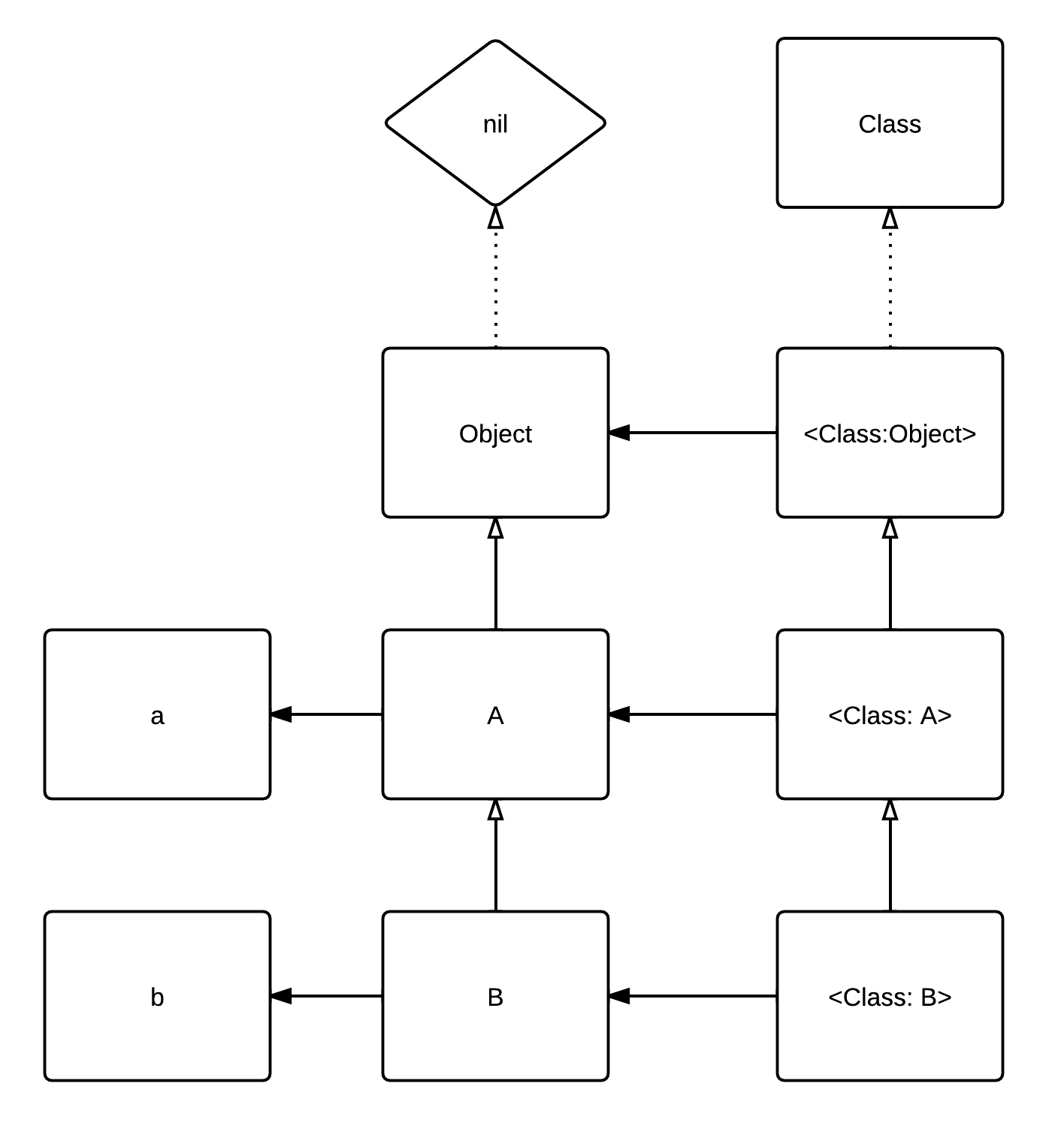I found the behavior of keyword def in ruby is really confusing! At least, really confusing to me!
In most case, we use def in class context, then it defines a instance method on specific class.
|
|
Besides the typical usage, we can also use def in block.
|
|
This previous piece of code works as we reopened the class Foo, and add a new method to it. It is also not hard to understand.
The fact that really surprised me is in the following code:
|
|
Here we can found that method foo goes into the Foo class itself, rather than Foo‘s instance! But the $context is still Foo class!
So in a word, calling def foo in instance_eval block is equivalent to calling ‘def self.foo’ in class_eval block, even though the context of both block are the class itself.
So we can figure out that keyword def works different than method define_method and define_singleton_method, since it doesn’t depend on self, but the two methods does!
To me it is kind of hard to understand. and confusing. And I think it is not a good design!
Ruby is different to other Java or C#, ruby uses methods on class to take place of the keywords in other languages, such as public, protected and private. In most of the language, they are keywords. But in ruby they are actually the class methods of Class.
This design is good, because it is kind of enabled the developer to extend the “keyword” they can use! But at the same time, this design melted the boundary between customizable methods and predefined keywords, so people won’t pay much attention to the difference of the two. So it is important to keep the consistency between methods and keyword behaviors. But def breaks the consistency, so it is confusing!
Look the following code:
|
|
Comparing class A and class B, we can find that they are different, even they are defined with exactly same block!
